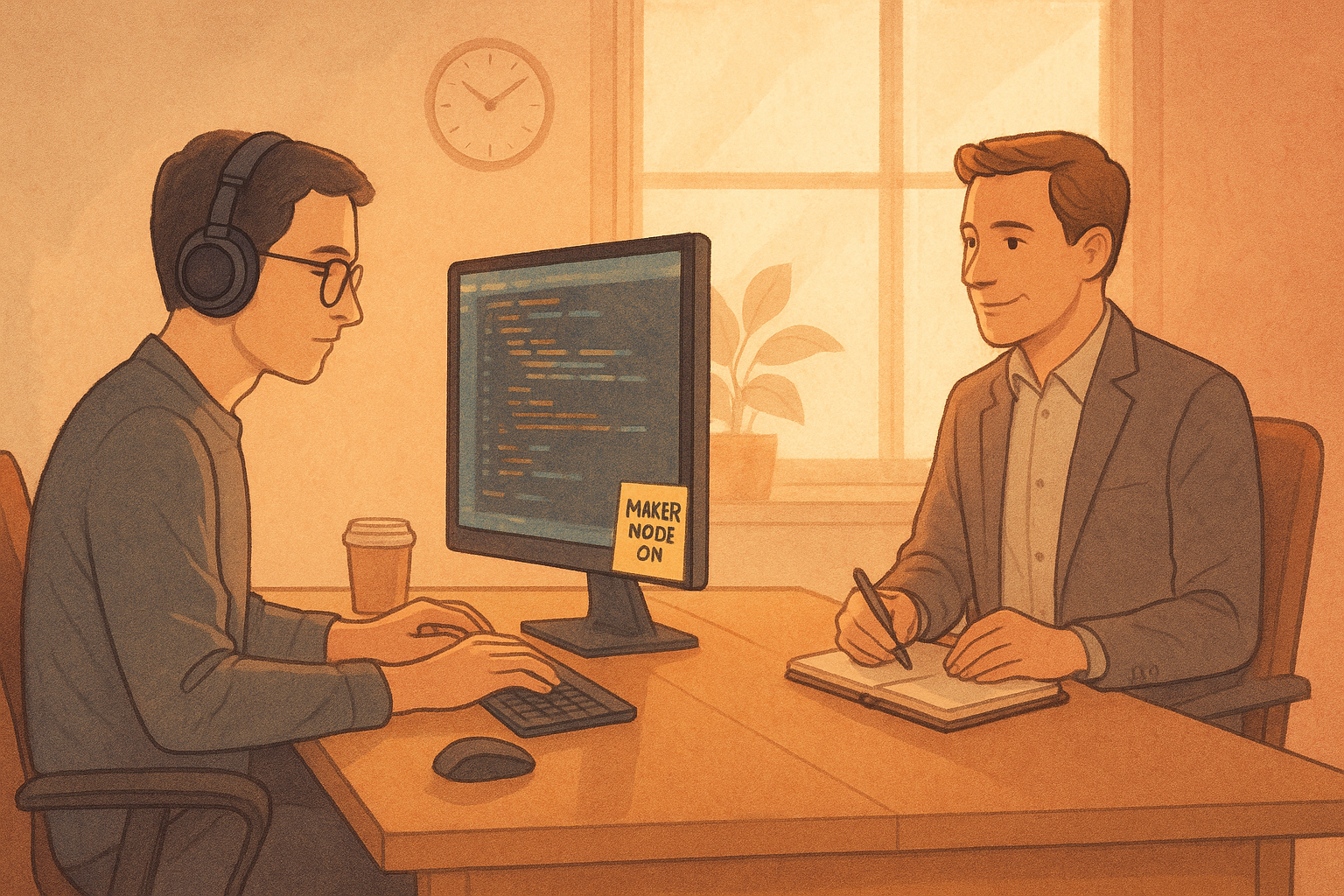How I Avoided Being a Bad Exec by Respecting the Maker’s Schedule

One article I keep going back to — and often ask my teams to read — is Paul Graham’s “Maker’s Schedule, Manager’s Schedule.” It’s not just a great read; it’s a lens through which I view how to build and work within teams.
Whenever I form a new team for a project, I start by requesting everyone to read this article. It’s more than an ice-breaker — it sparks conversations that define how we work together. Even when I’m not leading the team, I’ve often asked my pair programmer to read it, just so we’re aligned in our daily rhythms.
The essence of the article?
Makers need long, uninterrupted blocks of time to get meaningful work done. Managers work in meetings and context switching. Trying to do both simultaneously compromises both roles.
Walking the Talk
Over the years, I’ve made a conscious effort to never mix the two. I won’t write code while pinging colleagues for updates I need for an executive meeting. That’s not multitasking. That’s inviting mediocrity into both outputs.
Sadly, many “tech-savvy” executives still blend these modes, jumping from meetings into code reviews and back again — often without realizing the toll it takes on thinking quality. Their decisions become reactive, their work rushed. And yet, this behavior is normalized largely because of their ill perceived superiority.
Maker Mode on Weekends
There have been times when I’ve deliberately carved out weekend hours for Maker work — not because I lack time during the week, but because I respect the type of mental space it requires.
One such example was building a RAG-based GenAI Q&A web app over a weekend. The aim was to demonstrate the “Art of Possible” to business stakeholders.
Had I attempted this during a regular workday, I would not have done injustice to both my job and the project. Even blocking an entire day during workday and declaring a Do Not Disturb day would not work because most of the day job was firefighting and being available to guide a portfolio of projects towards revenue generation.
Maker Hours in Remote Work
Remote work makes this separation even harder. Teams pings and meetings creep into focus time. But just yesterday, I had a rare in-person setup — sitting across from the PM. Headphones on. No meetings. Full flow.
It worked because the PM respected it. And when he did have something important, I appreciated his instinct to pause, observe, and only then approach. I explained that I was in Maker Mode — not out of arrogance, but because, as any Computer Science grad knows, context switching is expensive, for computers and for humans.
Credit to a Good PM
In my current project, I’m fortunate to work with a PM who gets this. He’s been a developer before — and it shows.
-
He ensures mornings are left for deep work.
-
He gathers what he needs in the afternoons, when energy is better suited to communication.
-
He actively cancels unnecessary meetings.
-
He strives to have no more than one sprint ritual per day.
-
He behaves less like a boss, and more like a facilitator — a quality that’s increasingly rare.
The more we acknowledge and protect these two modes of working, the more high-quality thinking and execution we can produce. As leaders, colleagues, and collaborators, we must stop glamorizing busyness and start designing time intentionally.
Because context switching isn’t a skill. It’s a cost.